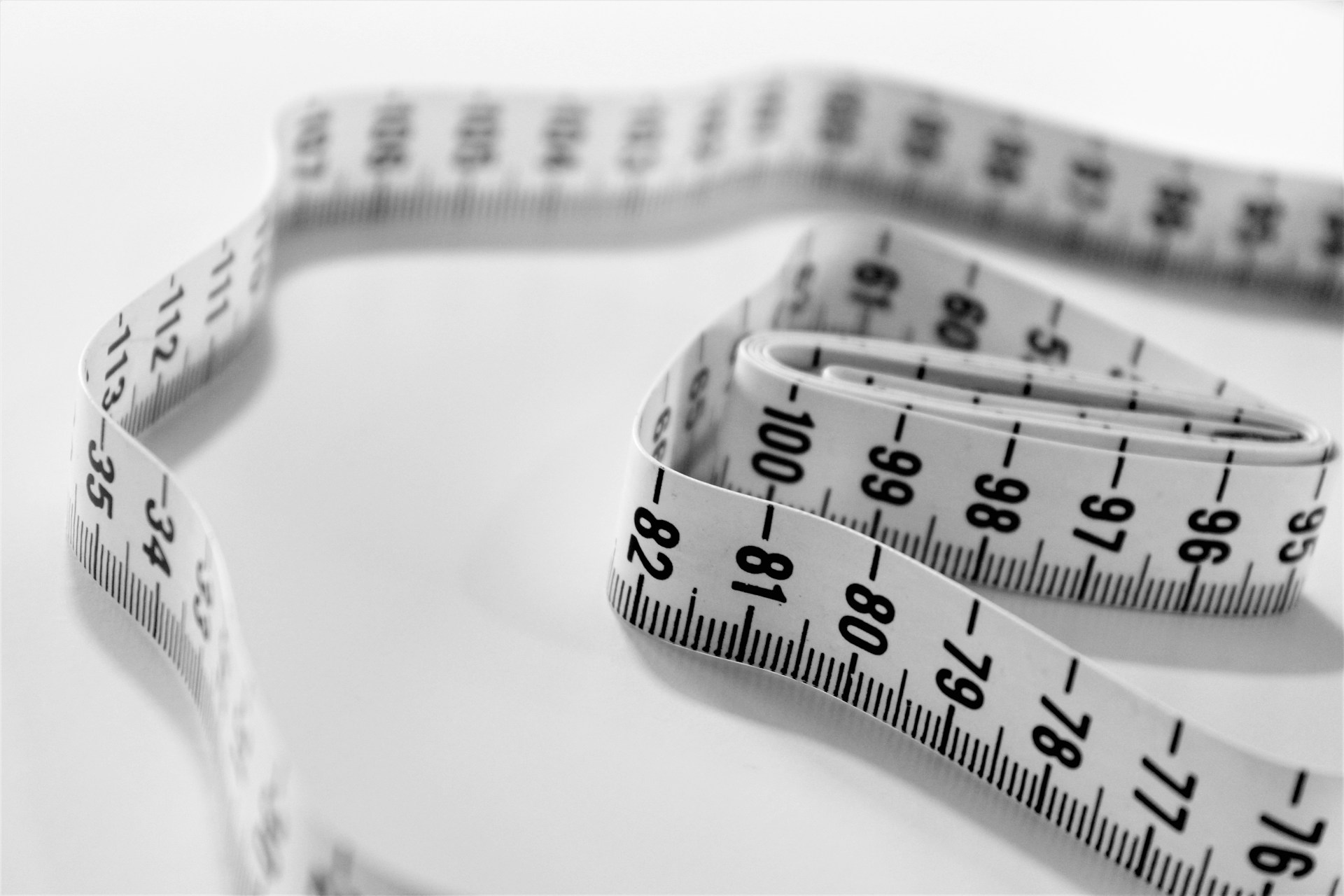Feb 07,2024
Lifestyle and Pilonidal Disease: Making Changes
Pilonidal Disease, a chronic skin condition characterized by cysts near the tailbone, can be painful and disruptive. While medical interventions are often necessary, lifestyle modifications play a crucial role in managing and mitigating the condition. Dr. Som emphasizes the importance of integrating lifestyle changes into the treatment plan for Pilonidal Disease. This blog explores how diet, exercise, and hygiene can impact the management of Pilonidal Disease and offers practical advice for individuals looking to make positive changes.
The Role of Diet in Managing Pilonidal Disease
Although there’s no direct link between diet and the development of Pilonidal Disease, a healthy diet can aid in overall health and potentially reduce the risk of complications. Here’s how:
- Weight Management: Maintaining a healthy weight reduces pressure on the coccyx area, potentially decreasing the risk of cyst formation or exacerbation of existing conditions.
- Anti-inflammatory Foods: Incorporating foods with anti-inflammatory properties, such as omega-3 fatty acids found in fish and antioxidants in fruits and vegetables, can help manage inflammation associated with Pilonidal Disease.
Exercise and Pilonidal Disease
Regular physical activity is beneficial for overall health and can specifically help individuals with Pilonidal Disease in several ways:
- Reducing Pressure on the Tailbone: Activities like swimming or cycling can keep you active without putting additional pressure on the tailbone area.
- Improving Blood Circulation: Exercise enhances blood flow, which can aid in healing and reduce the risk of infections.
- Weight Management: As mentioned, keeping a healthy weight is crucial, and regular exercise is a key component of weight management.
Hygiene Practices for Pilonidal Disease Management
Proper hygiene is paramount in managing Pilonidal Disease, as it can help prevent infections and aid in healing:
- Regular Cleaning: Gently cleaning the affected area with mild soap and water can reduce the risk of infection.
- Hair Removal: While methods of hair removal should be discussed with a healthcare provider, keeping the area around the pilonidal cyst hair-free can prevent hair from entering the wound and exacerbating the condition.
- Dryness: Keeping the area dry, especially after sweating or bathing, can prevent moisture buildup, which may lead to infections.
Lifestyle Modifications: A Holistic Approach
Making lifestyle changes can seem daunting, but even small adjustments can have a significant impact on the management of Pilonidal Disease. Dr. Som recommends:
- Gradual Changes: Implement lifestyle modifications gradually to ensure they are sustainable over the long term.
- Professional Guidance: Consult with a surgeon to tailor dietary and exercise plans that fit your specific needs and conditions.
- Personal Hygiene Routine: Develop a personal hygiene routine that is both effective and practical, considering your daily activities and risk factors.
Conclusion
Lifestyle changes play an essential role in managing Pilonidal Disease. Through diet, exercise, and proper hygiene practices, individuals can significantly impact their condition’s severity and frequency of flare-ups. Dr. Som encourages patients to view these lifestyle modifications as integral components of their overall treatment plan. By taking a proactive approach to lifestyle changes, individuals with Pilonidal Disease can improve their quality of life and potentially reduce the need for invasive treatments. Schedule a consultation today!
